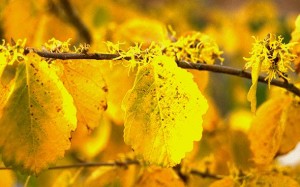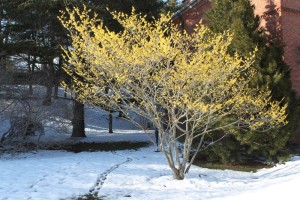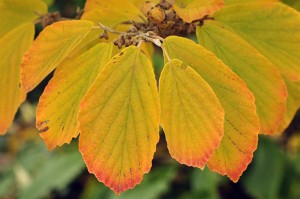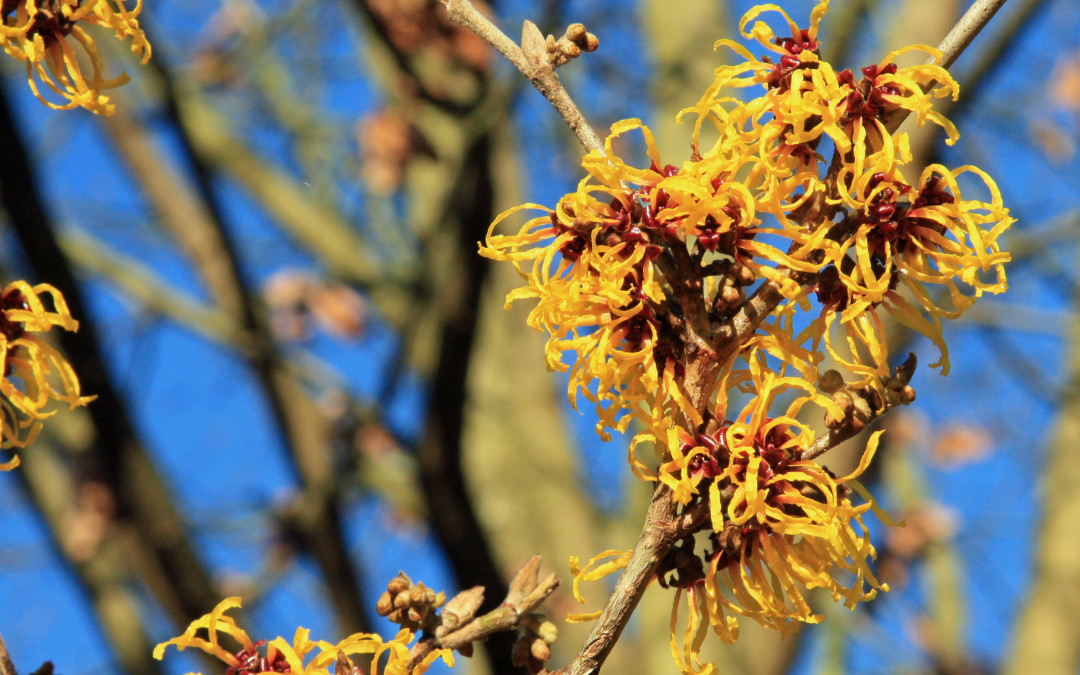Let’s talk about Witchhazel. One such plant that we feel deserves a little more attention than it gets is Witchhazel (genus: Hamamelis). It has a few unusual characteristics that make for a unique addition to the landscape. There are two native species of note, as well as a hybrid of two Asian varieties and its cultivars that warrant mentioning.
few unusual characteristics that make for a unique addition to the landscape. There are two native species of note, as well as a hybrid of two Asian varieties and its cultivars that warrant mentioning.
You may be familiar with witchhazel because of its use in therapeutic products. Native Americans would make preparations from its stems for a variety of medicinal purposes. Early settlers learned, adopted, and popularized this practice. It is still used today and is a particularly popular in homeopathic treatments as a natural ingredient in commercial products because of its astringent and anti-inflammatory properties.
In the landscape witchhazel is noted for its very unusual flowers, both in their appearance and their timing. The native shrub Vernal  Witchhazel (Hamamelis vernalis) is a medium sized shrub, excellent in groupings and valuable in naturalized settings. Our native woodland landscape is heavily deciduous in nature, making for a rather bleak appearance in the winter. As the winter drags on and as we begin to wonder if spring will ever arrive Vernal Witchhazel begins to flower and give us hope. Probably our earliest blooming flowering shrub (it’s not unusual to see this plant blooming in February in our area) Vernal Witchhazel is a colorful spark sign of life in the landscape. While not overly showy compared to some other flowering shrubs it is certainly an interesting plant with yellow-to-red, spider-like flowers dotting the otherwise bare branches of the shrub, and really stands out when not much else does.
Witchhazel (Hamamelis vernalis) is a medium sized shrub, excellent in groupings and valuable in naturalized settings. Our native woodland landscape is heavily deciduous in nature, making for a rather bleak appearance in the winter. As the winter drags on and as we begin to wonder if spring will ever arrive Vernal Witchhazel begins to flower and give us hope. Probably our earliest blooming flowering shrub (it’s not unusual to see this plant blooming in February in our area) Vernal Witchhazel is a colorful spark sign of life in the landscape. While not overly showy compared to some other flowering shrubs it is certainly an interesting plant with yellow-to-red, spider-like flowers dotting the otherwise bare branches of the shrub, and really stands out when not much else does.
 The other native species of note is Common Witchhazel (Hamamelis virginiana). This is a much larger shrub, around 12-15’ high and wide and is valuable for its adaptability to a wide variety of growing conditions. While its flowers are similar in appearance to Vernal Witchhazel the timing of this one is just as unusual, but for a different reason. This plant is known to flower exceptionally late (October to as late as December) and it is common to see its yellow blooms at the same time its leaves take on their brilliant yellow fall color.
The other native species of note is Common Witchhazel (Hamamelis virginiana). This is a much larger shrub, around 12-15’ high and wide and is valuable for its adaptability to a wide variety of growing conditions. While its flowers are similar in appearance to Vernal Witchhazel the timing of this one is just as unusual, but for a different reason. This plant is known to flower exceptionally late (October to as late as December) and it is common to see its yellow blooms at the same time its leaves take on their brilliant yellow fall color.
Lastly worthy of mention is the hybrid (Hamamelis x intermedia) of Japanese (Hamamelis japonica) and Chinese (Hamamelis mollis) Witchhazel which takes on some of the most noteworthy characteristics of the different species. It is exceptional in flower, blooming abundantly, for as long as one month, and is especially fragrant. Its popular cultivars such as ‘Arnold’s Promise’, ‘Jelena’, and ‘Diana’ are well suited to the residential landscape with moderate mature size and are improved form and habit.
If you are looking for a great shrub for early or late season interest, unusual flowers, a tough native plant, or a shrub for a difficult location consider giving Witchhazel a place in your garden.

